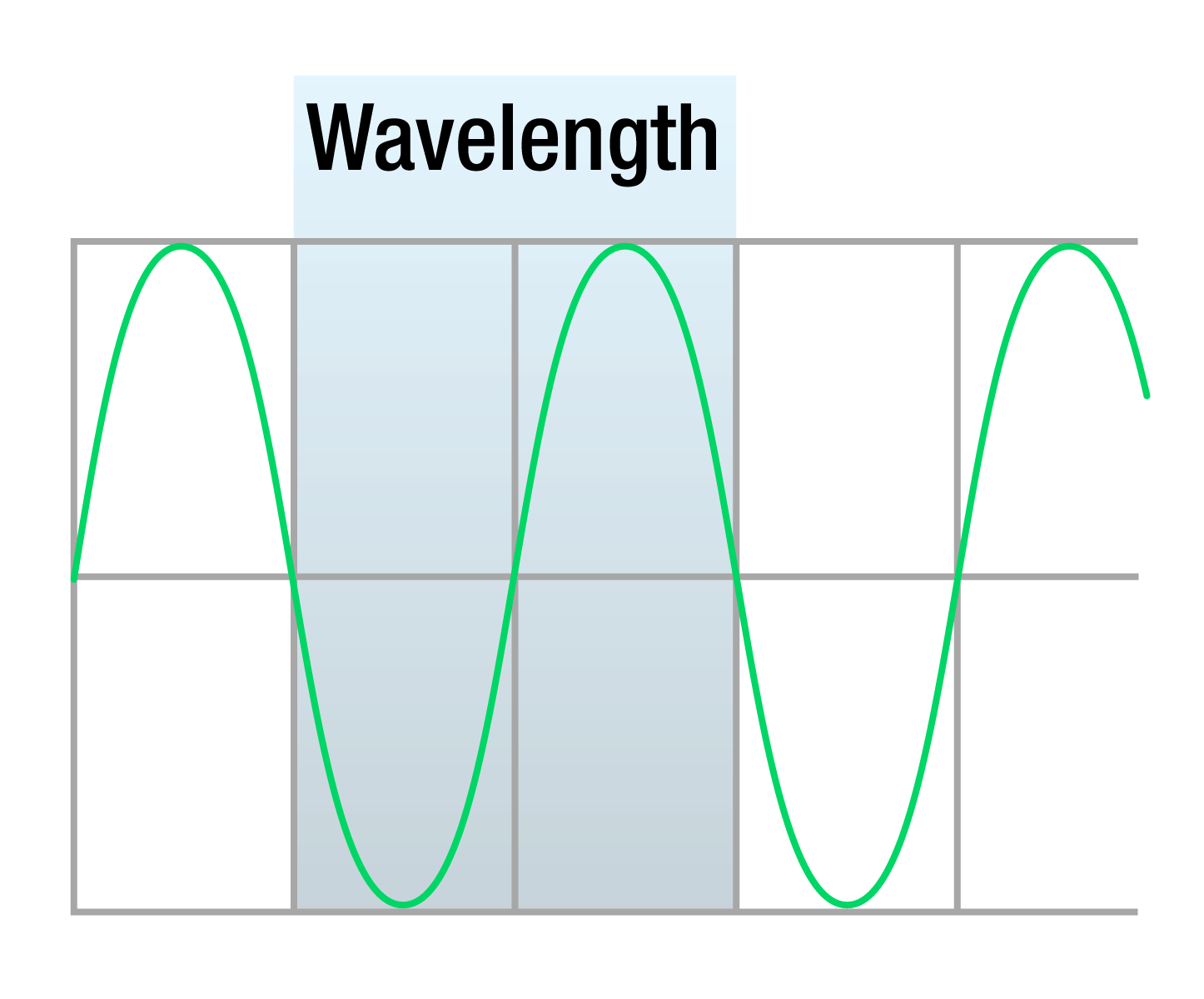Light wavelength is a crucial factor of light therapy to initiate benefits. Therefore, one needs to measure the light wavelength before purchasing a light therapy device. Here we will discuss how you can measure the light wavelength of your light therapy device.
You can either use an interferometer or diffraction grating to measure light wavelength. Let’s discuss them in detail.
Measuring Light Wavelength
Measuring with Interferometer
An interferometer utilizes light interference to measure light wavelength. Here you will need to reflect the light you want to measure on a semi-reflective surface. It will result in the light bouncing back and creating interference with itself.
Now, you can look at the interference pattern. If the light is invisible to the eyes, there are certain devices that can graph out this pattern. You will need to move the reflecting surface within a known distance to make a pattern and determine how many times the light goes dark and bright.
Measure the spaces between the pattern and multiply the space by two. This result will give you the wavelength of the light.
Measuring with Diffraction Grating
Measuring light with diffraction grating is much simpler than an interferometer. Here you shine the light on the grating and measure the angle in the diffraction pattern.
Measure the spacing of the grating. Put the angle and spacing into the correct equation to get the wavelength of the light.
The problem with diffraction grating is that you cannot measure the wavelength of invisible light without additional devices that can detect those lights.
These are the two prominent methods of measuring light wavelengths. However, it can pose several problems for people who are not familiar with these specific devices. Make sure to employ someone who has ample experience to operate such equipment.
Why Light Wavelength is Important for Light Therapy
Specific light wavelengths are responsible for delivering therapeutic effects on the human body. After thorough research, researchers found that 630nm – 660nm red light wavelengths and 750 – 850 nm near-infrared wavelengths are most beneficial for therapeutic effects.
These light wavelengths can go deeper under the skin and can energize the body cells to induce healing.
LED lights are used on light therapy boxes to emit those specific light wavelengths. Without these light wavelengths, you will not get the benefits from your light therapy session.
Smaller light wavelengths may not penetrate deeper into your skin. Also, as the light wavelength gets smaller, the light color shifts towards blue. These wavelengths will not benefit your health and may work differently on your body.
On the other hand, bigger light wavelengths can cause damage to your internal organs. Also, it can trigger various chronic diseases to harm your health.
How to Choose the Right Light Therapy Device
Choosing the right light therapy devices can cause several challenges. First of all, you don’t know if your device emits the right light wavelengths. Secondly, measuring the light wavelengths can pose several problems if you are not tech-savvy.
So, how do you choose the right red light therapy device? Here are some things to consider before purchasing your device:
- Check if the device you are interested in is FDA approved
- Make sure your therapy device emits medical-grade light wavelengths
- Research about the manufacturer
- Purchase from an official dealer
- Look at the reviews from other people online to know if the device gives what it promises.
- See if the manufacturer gives a warranty and replacing opportunities
- Ask a professional for advice
- Don’t purchase cheap devices. These devices often emit wrong wavelengths
- If you are still unsure, ask the manufacturer to give some proof that your device emits the right light wavelengths
- Ask a professional to measure the light wavelength of your device
Taking Care of Your Light Therapy Box
Light therapy boxes can be quite expensive at times. However, for the best health benefits, it is wise to get a high-quality light therapy box rather than cheap ones. Thus, you will get the best benefits from your therapy.
Make sure your lightbox doesn’t get overheated. Many lightboxes come with their own built-in cooling fan. However, it is wise to let your device cool for some time after a therapy session.
Switch off the power button on your lightbox after each use. If you are not using your device for some time, unplug your device from the power outlet and store it in the packing box.
Don’t let the dust settle upon your lightbox. This will distort your light and may not be beneficial for your health.
Bottom Line
There are two prominent ways to measure light wavelengths. However, both of them require moderate technological expertise to perform.
Without appropriate wavelengths, you will not get the therapeutic benefits from your light therapy. So, make sure to get a good quality device with renowned brands.
Take proper care of your therapy devices to keep receiving therapeutic benefits. Consult a doctor before getting light therapy to ensure the best use.

